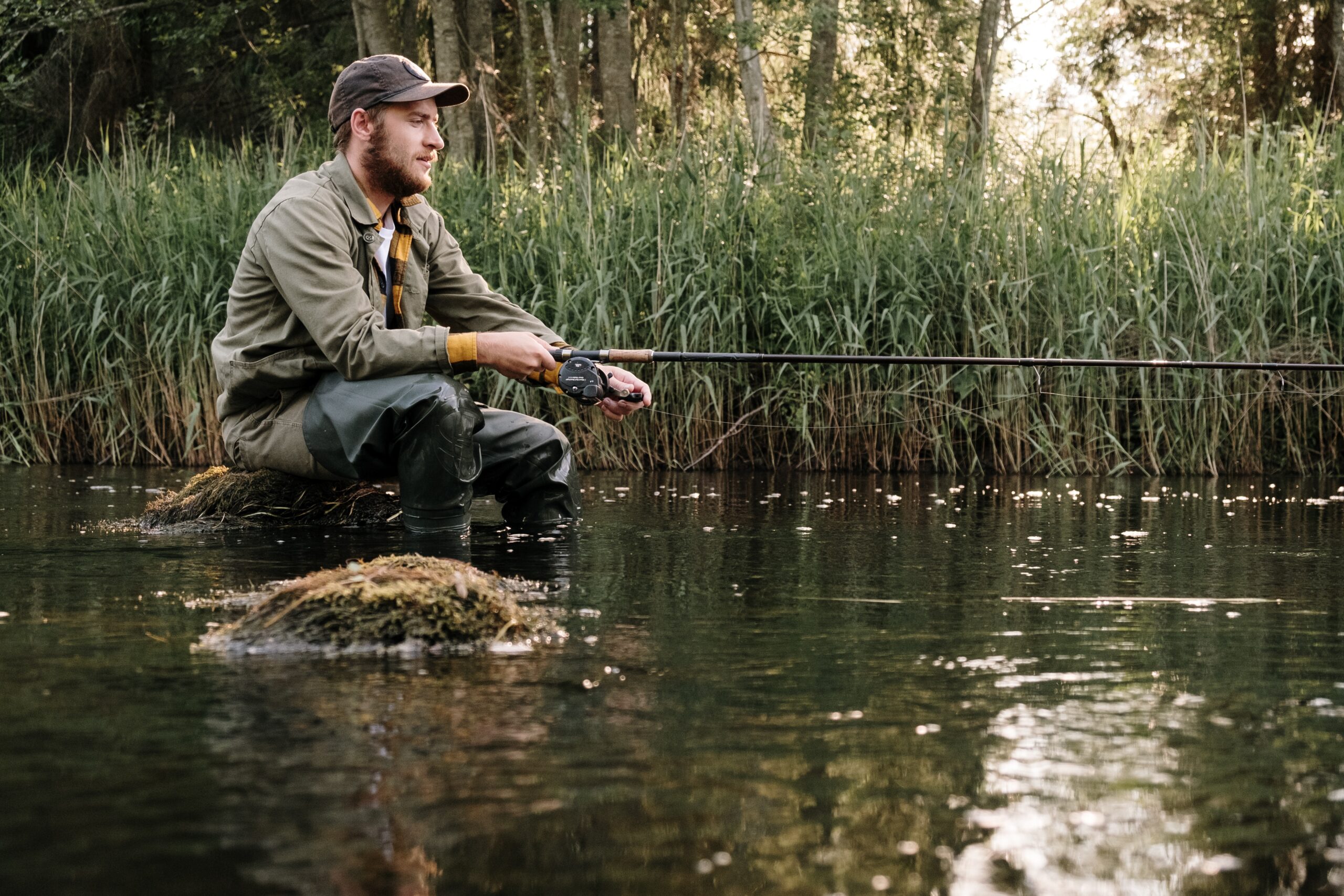Bass fishing is a dynamic sport that requires anglers to adapt their strategies based on the changing seasonal patterns. Understanding these patterns can greatly increase your chances of success on the water. In this blog post, we will explore the four seasons and discuss the typical behaviors and locations of bass during each season.
Spring

As winter gives way to spring, bass become more active and begin their annual spawning rituals. During this time, they move from deeper waters towards shallow areas, such as coves and flats, to find suitable spawning grounds. Anglers can target bass by using lures that mimic baitfish or crawfish, as these are staple food sources during the spawning season. Slow presentations and precise casts are often effective in enticing bites.
Summer
Summer brings warmer water temperatures, causing bass to retreat to deeper and cooler areas of the water body. Look for bass along drop-offs, submerged structures, and vegetation edges. Topwater lures, such as buzzbaits or frogs, can be effective during low-light conditions or early mornings. As the day progresses, transitioning to deeper diving crankbaits, jigs, or soft plastics can yield positive results.
Fall

The fall season is characterized by cooling water temperatures and changing foliage. Bass become more active and feed heavily in preparation for the upcoming winter months. Targeting bass near shallow structures, such as points, creek channels, and vegetation, can be productive. Crankbaits, spinnerbaits, and jerkbaits are popular lure choices during this season, imitating the baitfish that bass are actively feeding on.
Winter

Winter is a challenging time for bass fishing, as the colder water temperatures slow down the metabolism of the fish. Bass tend to move to deeper areas with more stable temperatures, such as main lake points or deep channels. Slow presentations with jigs, drop shots, or finesse worms can entice sluggish winter bass. It’s important to fish slower and be patient during this season.
Adjusting to Changing Conditions
While the above seasonal patterns provide a general guide, it’s essential to remember that bass behavior can vary depending on factors such as weather, water clarity, and the specific water body you’re fishing. Pay attention to these variables and adjust your tactics accordingly. Additionally, staying updated on local fishing reports and seeking advice from experienced anglers in your area can provide valuable insights into the current fishing conditions.
Conclusion
Understanding the seasonal patterns of bass can significantly improve your success as an angler. By recognizing the behaviors and locations of bass during each season, you can tailor your approach and select the most effective lures and techniques. Remember to remain adaptable and observant on the water, as conditions can change rapidly. With practice and experience, you’ll become adept at reading the seasonal cues and consistently catching bass throughout the year. Happy fishing and tight lines!Bass
